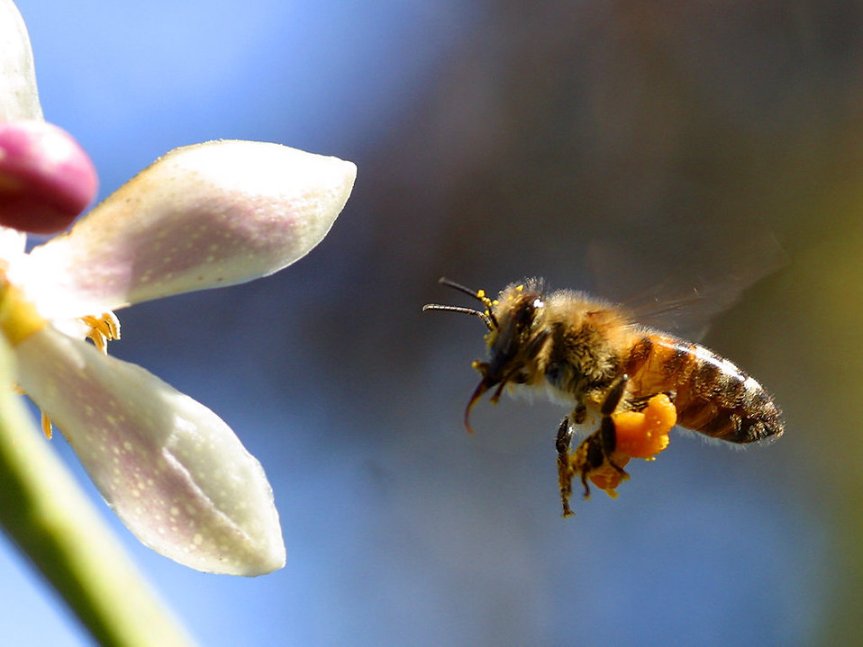
Bees have difficult times these days, what with that mysterious colony collapse disorder on top of various viral, bacterial and parasitical diseases. Of course, the widespread use of pesticides did not help the thriving of the hive, as many pesticides have various deleterious effects on the bees, from poor foraging or less reproduction to even death.
The relatively new (’90s) class of insecticide – the neonicotinoids – has been met with great hope because has low toxic effects on birds and mammals, as opposed to the organophosphates, for example. Why that should be the case, is a mystery for me, because the neonicotinoids bind to the nicotinic receptors present in both peripheral and central nervous system in an irreversible manner, which does not put the neonicotinoids in a favorable light.
Now Stanley et al. (2015) have found that exposure to the neonicotinoid thiamethoxam reduces the pollination provided by the bumblebees to apples. They checked it using 24 bumblebee colonies and the exposure was at low levels over 13 days, trying to mimic realistic in-field exposure. The apples visited by the bumblebees exposed to insecticide had 36% reduction in apple seeds.
Almost 90% of the flowering plants need pollination to reproduce, so any threat to pollination can cause serious problems. Over the paste few years, virtually all USA corn had been treated with neonicotinoids; EU banned the thiamethoxam use in 2013. And, to make matters worse, neonicotinoids are but only one class of the many toxins affecting the bees.
Related post: Golf & Grapes OR Grandkids (but not both!)
Reference: Stanley DA, Garratt MP, Wickens JB, Wickens VJ, Potts SG, & Raine NE. (Epub 18 Nov 2015). Neonicotinoid pesticide exposure impairs crop pollination services provided by bumblebees. Nature, doi: 10.1038/nature16167. Article
By Neuronicus, 21 November 2015

